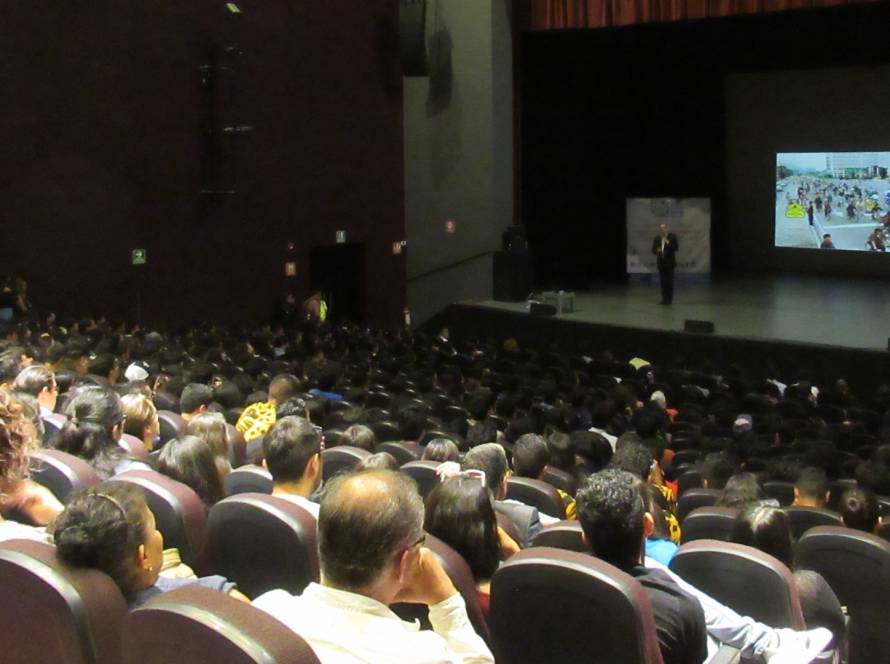Key Takeaways
- Flood protection and ecological restoration can be integrated at a large scale. The Port Lands project is a seven-year, $1.4B effort that renaturalizes the mouth of the Don River while lifting land out of a regional floodplain.
- Indigenous engagement and cultural design (naming process (Biidaasige), indigenous plant palettes, ceremonial structures, marker trees, elders/youth programs and indigenous artists) were integrated from early stages.
- Advocate for deeper human–nature connections in cities, and protect and design blue-green infrastructure that supports both climate resilience and public health.
Summary
- Biidaasige Park is the centrepiece of Toronto’s Port Lands / Don River mouth renaturalization. It is a 7-year, $1.4 billion landscape infrastructure project that creates a new river valley, provides robust flood protection, and transforms formerly industrial/infilling land into 60 hectares of accessible nature (opened in the initial phase)
- Key Design Choices:
- The park is intentionally subdivided into zones (such as nature play, wetlands, kayak launches, promontory event lawn), so it functions as both a neighbourhood park and a regional destination.
- The park stitches two regional trails (the Don Valley Trail and the Martin Goodman Trail) while minimizing user conflicts through grade separation, bridges and a spine circulation path.
- Designers planned for four seasons (fire pits, winter programming, cross-country skiing) and for safe, multi-modal access (trails, limited parking, transit emphasis).
- Indigenous plant materials are included in all of the plantings throughout the park. Over 2 million perennials, 77,000 shrubs and 5,000 trees planted thus far.
- Lassonde Art Trail will consist of temporary and permanent art, including works by prominent indigenous artists, throughout the river valley system and park.
How can Cities apply these learnings?
- Design flood-protection landforms as multi-functional river valleys or wetlands rather than rigid levees.
- Prioritize indigenous and/or local partnership and cultural co-design.
- Connect the park into a regional trail & transit network to limit car dependence.
- Design for year-round programming and health benefits by using microclimate design (shelters, wind buffers), specific durable surfaces for snowy/wet use, and partnerships with outfitters/ infrastructure providers for programming.
Ideas for further research
- Mixed-methods study measuring changes in visitors’ nature connectedness, mental health and stewardship behaviour after repeated visits.
- GPS/observational study of visitor flows in winter vs. summer, and evaluation of winter programming’s effectiveness in sustaining year-round use.


